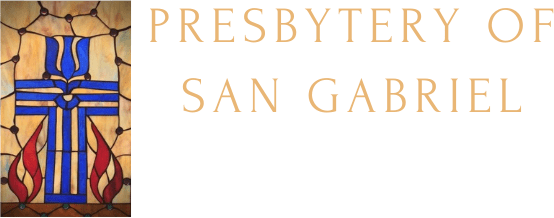Fear of Joy
While they were talking about this, Jesus himself stood among them and said to them, “Peace be with you.” They were startled and terrified, and thought that they were seeing a ghost.
Luke 24:36-37
Alleluia! Christ is risen!!
It is generally understood that the death and resurrection of Jesus occurred around 30 AD, which means that we are coming up on a full 2,000 years of looking back on this world-changing event and saying, “Alleluia! Christ is risen!!”
With that time and repetition, churches often labor to find ways to make the Easter story “fresh.” It is difficult for us to understand the number of times throughout the Bible that we humans responded to the saving actions of God with fear. The friends of Jesus responded to his resurrection not with joy and potted lilies, but with fear—in this passage, they were startled and terrified at the very sight of the risen Christ. Their fear evolved into joy and disbelief at the sight of his wounds, and they didn’t settle into belief until they saw him eat a nice piece of broiled fish.
This mix of fear and wonderment seems to pervade our world today. We feel the hope that vaccinations bring, as we are hearing of the drastic drop in COVID cases and deaths among our senior population, especially in residential communities that experienced real terror in the face of this pandemic. Seniors are able to see and hug loved ones after a year of isolation, and as vaccines are becoming available to all adults, hope is springing up that we will once again go out to eat, travel, see a baseball game, and actually go—not just log in—to church.
But with these signs of hope come signs of concern. After a truly horrible winter, California is now seeing the best statistics in the country—but we must always be wary, because states like Michigan and Europe show us how quickly another surge can rise up. At the same time, every day we are hearing of mass shootings (where four or more individuals have been shot, not necessarily fatally), too often persons are being treated with excessive force by police, and there is massive confusion about safe practices for newly-opening businesses, schools, and churches.
For some months I have anticipated post-pandemic stress rising up as the crisis subsides. What I have noticed even in myself is that this stress will not show up in nicely rational and scheduled bouts of sadness, but in unpredictable moments of irritability or fatigue. I have heard of teachers having to rearrange their schedules to go back into school even though their own children are still learning from home, and pastors and church leaders trying to figure out how to go “hybrid” in their worship. As protocols and research continue to evolve, I have found it irritating that one LA County public health doctor has taken to answering questions about re-opening protocols with “use your common sense”—which I’ve decided is a veiled way of saying “I don’t know anymore than you do what to do.”
So what do we do? Last week I shared some baseline thoughts, and I am hoping that the Executive Commission will have guidelines next week, that we can discuss via Zoom on April 22nd, 7-8:30 pm.
I am reminded of the confusion a year ago, because there is still much uncertainty. I also want to remember the clear evidence of God’s care and creativity showing up in our lives. And I want to reiterate some basic reminders: Consider the essentials. Care for the vulnerable. Be gentle with yourself, and with others. Trust God. As Paul writes in Romans 12, rejoice with those who rejoice, weep with those who weep. And if it is possible, so far as it depends on you, live peaceably with all. We have lived through this season of death, and we will live into this new life—together.
Peace, Wendy
